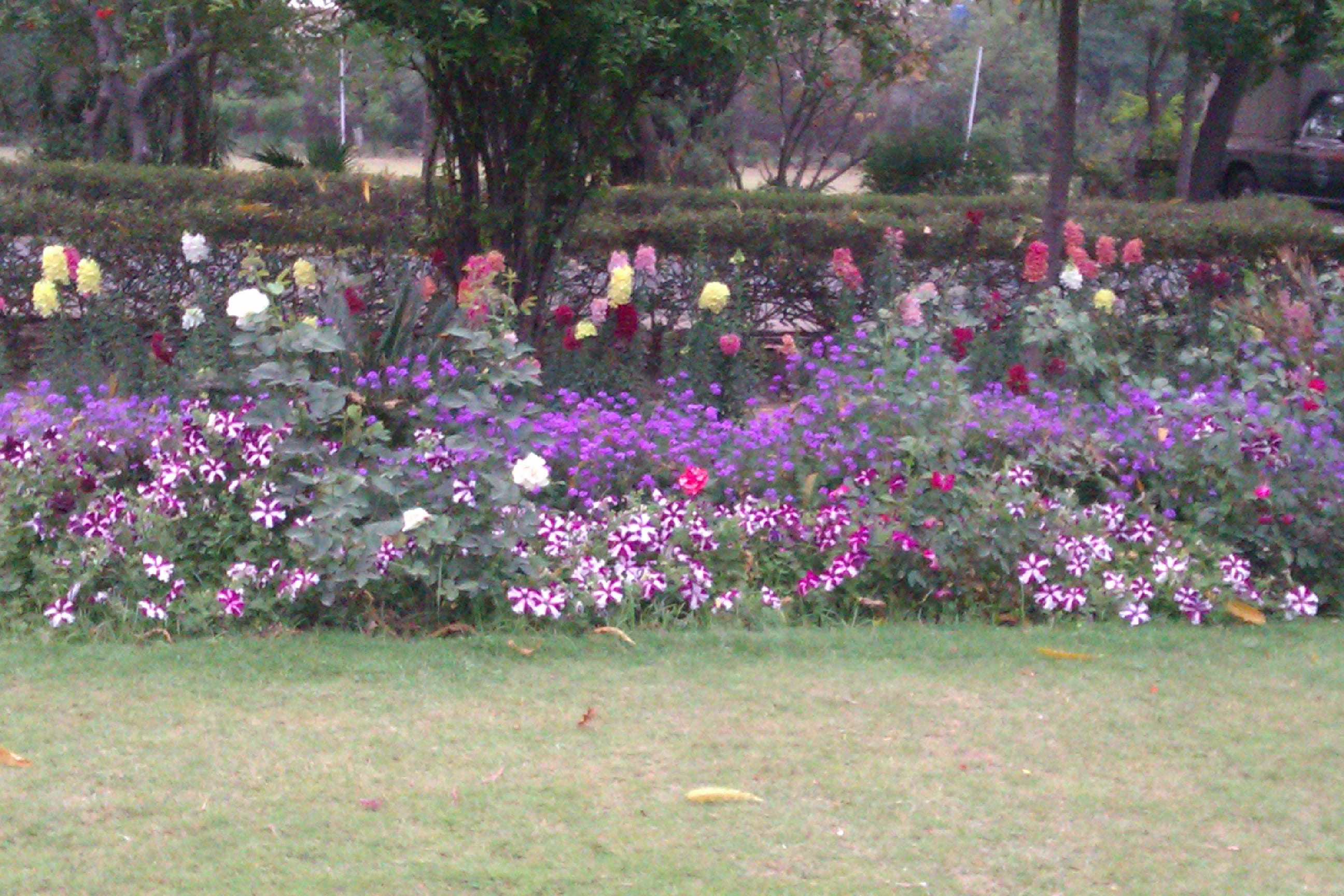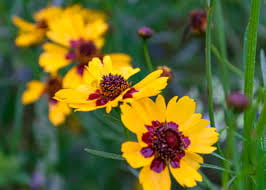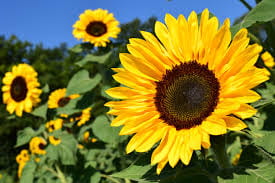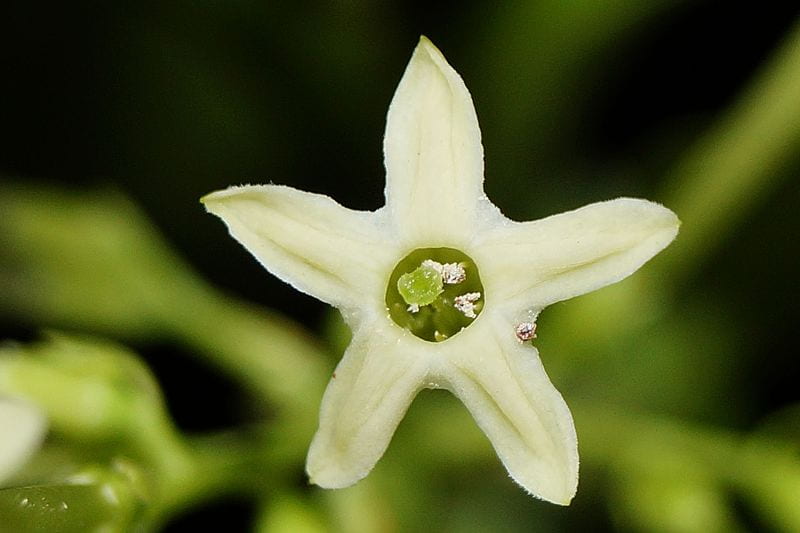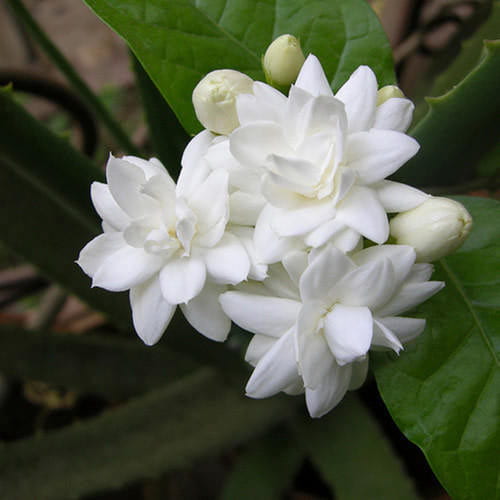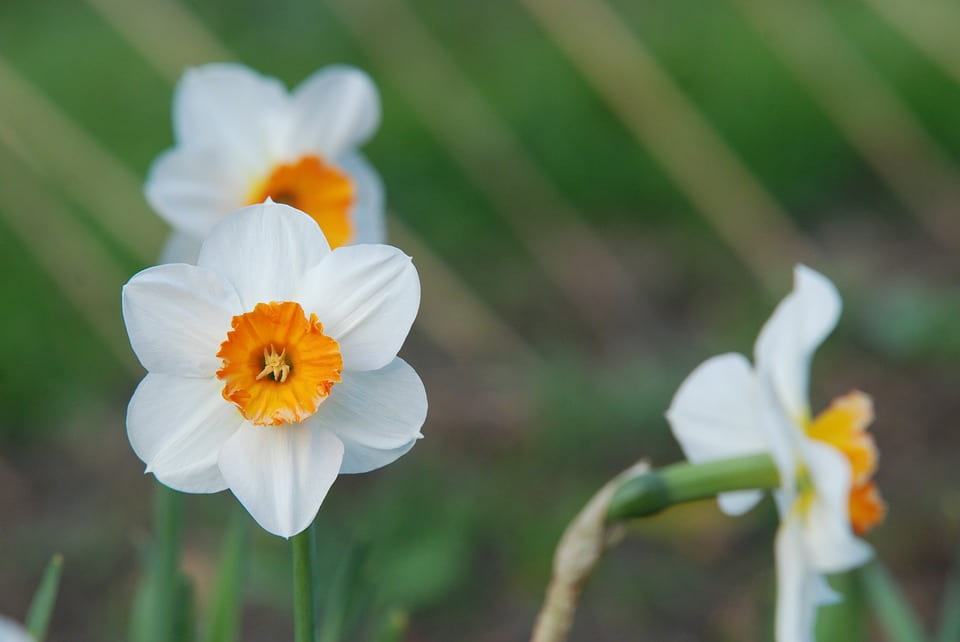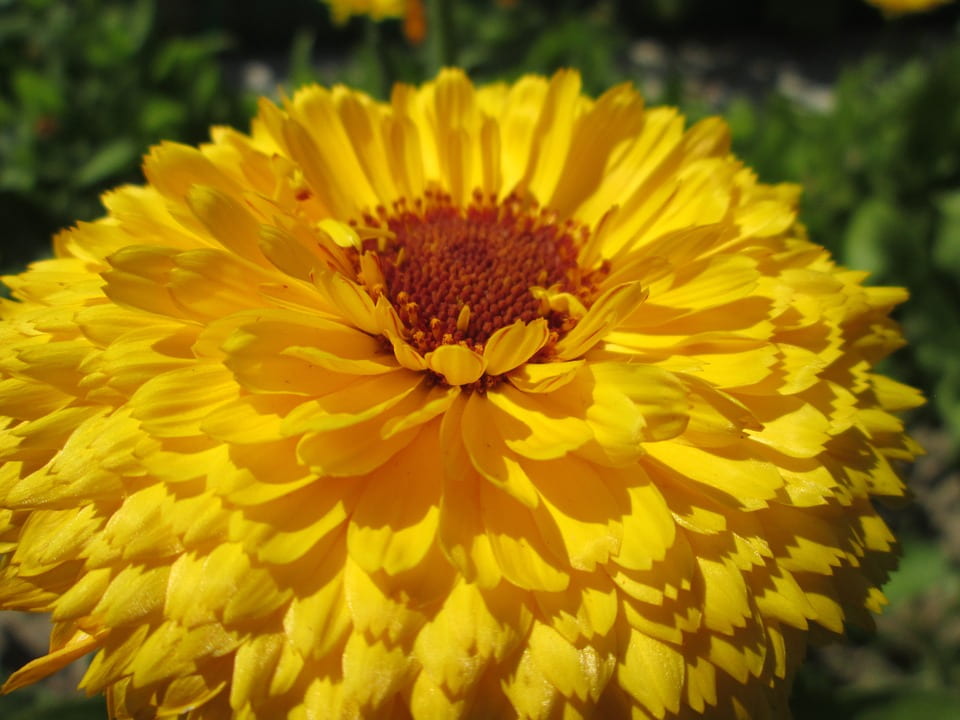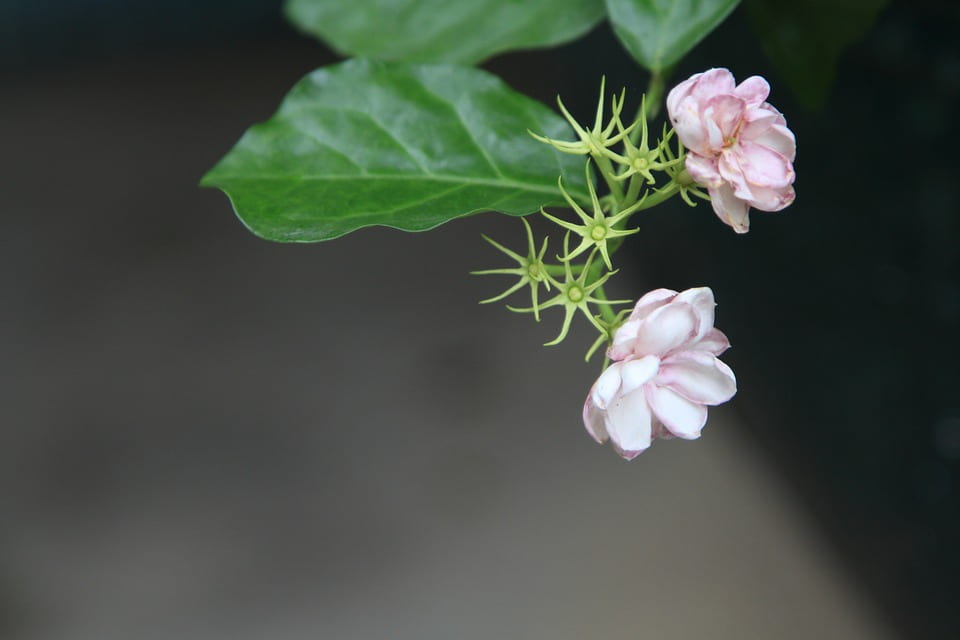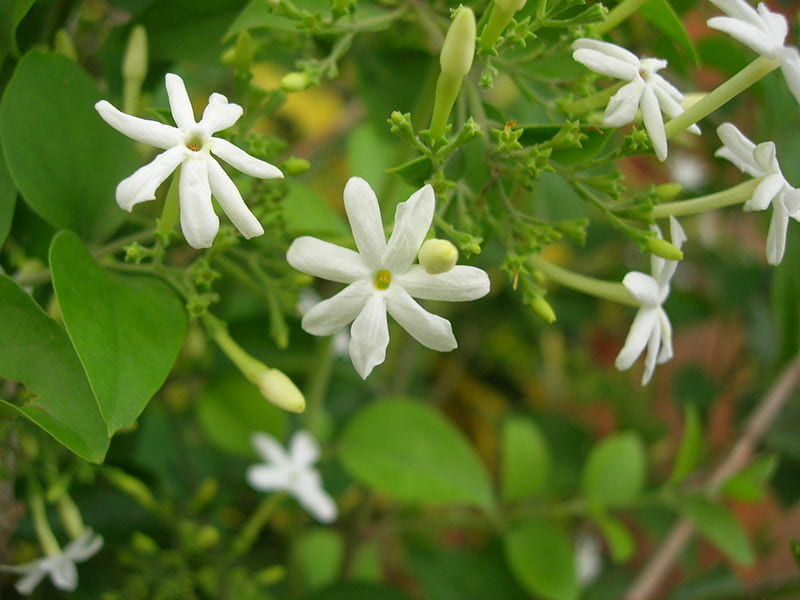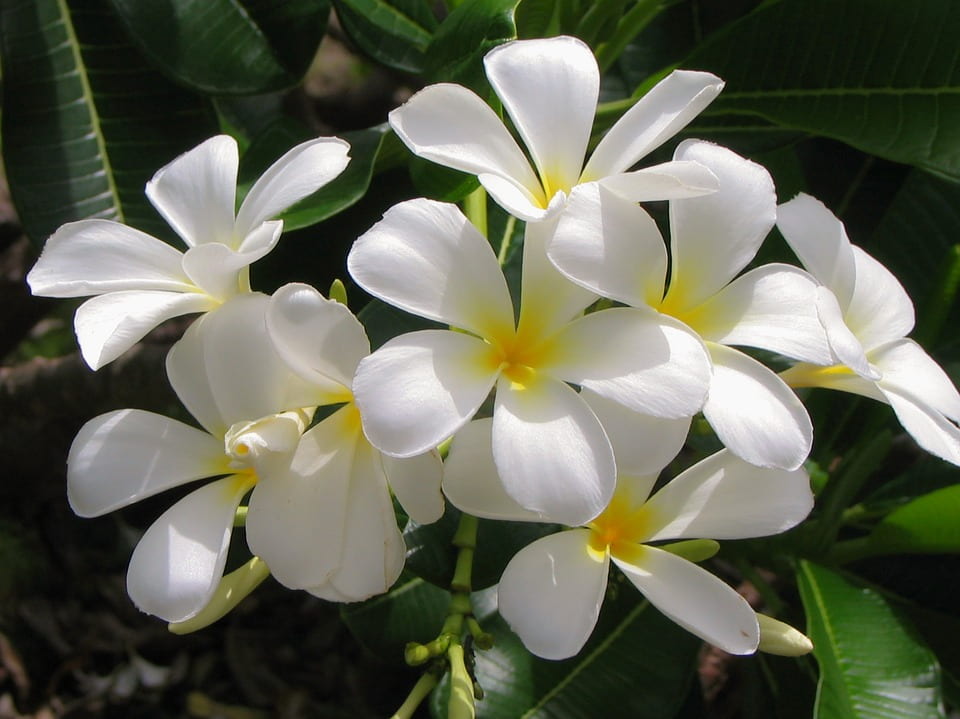Lesson plan by Tahira Naqvi and Arjumand Bano
Proficiency Level: Novice High/Intermediate Low
Time: 4X75 min
Target Language:
- Possessives for kinship
- Gender agreement: subject-verb, adjective-noun
- Cohesive markers
- Perfect Tense, review of Continuous and Habitual Past Tense
- Vocabulary: related to seasons, parts of the day, flowers and flower parts, colors and friendship-related emotions
Objectives: Students are able to:
- Read excerpts of the story, identify main characters, theme and setting
- Ask and answer questions related to the story.
- Develop personification for flowers, seasons, sun, dawn and identify parallels between the story and science.
- Create a new short story focused on a similar nature-based theme with focus on emotions and on domesticizing the natural phenomena in culturally specific ways in three drafts.
Learning Episodes:
Warm-up: Teacher shows images and asks students in pairs to guess what the story might be about:
1. Each page is examined separately: Listen to page 1 of the story from packet
Recording of the first page of the short story “Behen Bhaaii” by Farkhanda Lodhi
2. Pre-reading exercise for each page (page 1)- in pairs — students examine the glossary and put the words in categories (of their own).
3. In groups – one student is the reader – s/he reads several passages out loud, and two partners are  the prompters – they identify the glossary items related to each sentence from the glossary list; students change roles so that each student has a turn to read out loud and look through the glossary.
the prompters – they identify the glossary items related to each sentence from the glossary list; students change roles so that each student has a turn to read out loud and look through the glossary.
4. In groups students formulate questions based on each page.
5. They ask peers from another group their questions and answer their questions.
6.Students do two quizzes –
- students write a number matching image with written name of flower:
جوہی ،گلاب،موتیا ،گل اشرفی ،سورج مکھی ،رات کی رانی ،گیندا ،مونگرا، نرگس ،چنبیلی
- students write a number matching glossary items in Urdu with English translation (sample from page 1):
سحر، بے حد، محبت، سیر کرنا، باغ، چہکتی، جھرمٹ، الاپ، جگانے، جھاڑیاں، چپ سادھے، دبے پاؤں، جھک، ہولے، سہیلی
to bow; group; to chirp; bushes; slowly; female friend; garden; song; dawn; a lot; to wake up; love; to stroll; quietly;
6. Students develop a concept map representing parallels between science facts and natural elements from each page of the the short story.
Note: Each page of the short story is explored by applying the above techniques.
7. Students find out about the myth about Narcissus on their own (referred to in “Behen Bhaaii”) and discuss in class the theme of friendship and related emotions (self-love, sorrow, happiness, jealousy, compassion, love, affection, pain, regret:خود پسندی، دکھ، خوشی، حسد، ہمدردی، محبت، لگاؤ، درد، پچھتاوا). Teacher can use the text in Urdu.

8. Teacher explains by providing examples from the story “Behen Bhaaii” kin-relationships and family bonding in a South Asian context.
9. Students choose a character (seasons or parts of the day) and develop an idea for its personification individually (outlining description, character traits, motions). In groups they write a new story based on a similar theme, setting and characters. Students perform the story and play their character.




